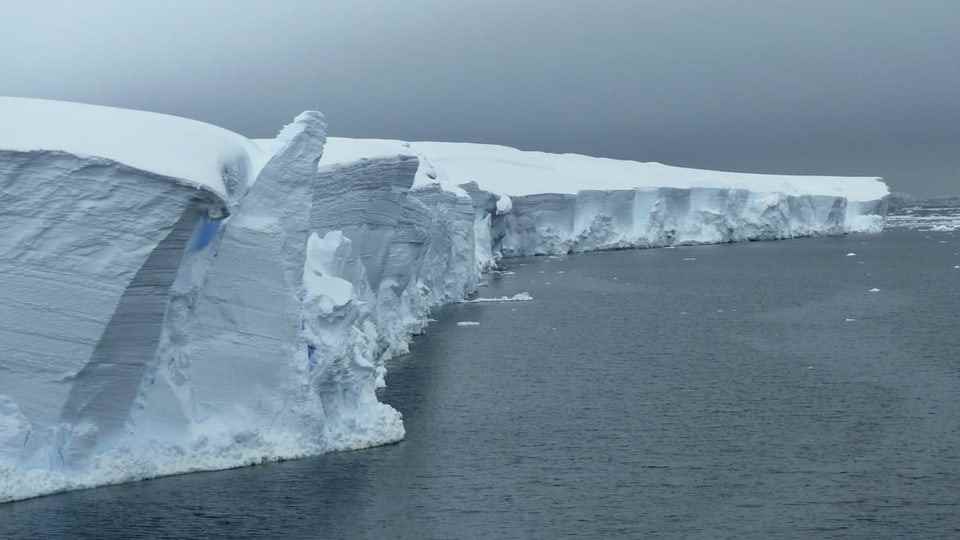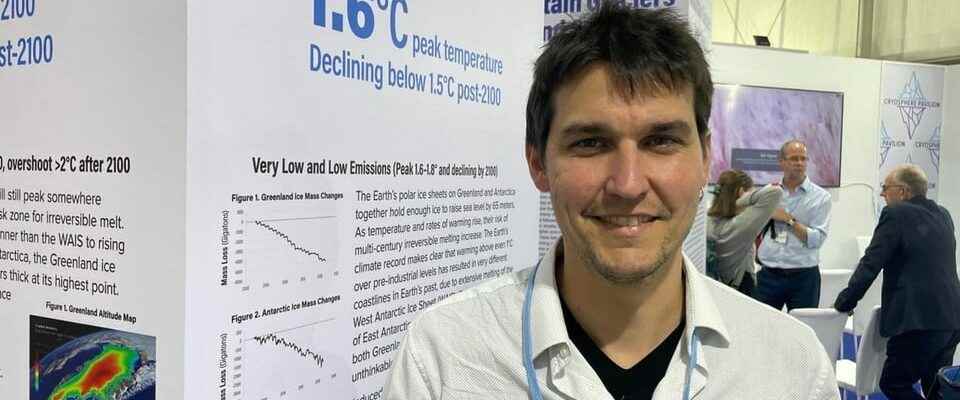contents
Paris’ 1.5 degree target is in danger of falling out of reach and sea levels continue to rise. A look into the future.
The ice researchers’ exhibition stand is located in a cool hall in Sharm El-Sheikh. Just between the stand on wind energy and another one on supposedly green oil production. The earth has already warmed up by 1.2 degrees, explains the French scientist Fabien Maussion from the University of Innsbruck. He compares what is now happening with the ice sheets at the poles to an ice cube that – once it is out of the fridge – is now melting away.
Increase unavoidable despite all measures
Because the glaciers and the ice sheets at the poles are up to four kilometers thick, it sometimes takes centuries to thaw. But even if all climate protection measures were implemented immediately – phasing out coal, oil and gas and net-zero CO2 emissions by 2050 – sea levels would rise.
This is because of the expansion of water with higher temperatures, the melting of many glaciers and a smaller part of the Arctic and Antarctic, researcher Maussion points out. Under these circumstances, a half meter rise in sea level can be expected – at best – by the end of the century.
Effects already clearly noticeable
Half a meter doesn’t sound like much. But even now, after a rise of a good 20 centimetres, rows of houses close to eroding coasts have to be cleared and storm surges are penetrating further into the country. This will increase significantly even with the best climate protection.
Legend:
Ice researcher Fabien Maussion: “Humanity must already adapt and prepare for it, because it will happen anyway. But it’s still a lot less bad than in a two or three degree world.”
SRF/Christian von Burg
Even in this best and first scenario, the sea level will continue to rise later – to two to three meters by the end of 2300. Cities like Venice, New York or flat coastal areas like Bangladesh would then be under water and could not be held without giant dykes will.
Uncertainty factor West Antarctica
Unfortunately, according to Maussion, things are likely to get worse. Because it is still unclear whether huge masses of ice such as the “Thwaites” glacier in West Antarctica have already reached the tipping point and are melting. Science still needs some time to investigate the extremely complex process: “There is hope that the ice is still stable and does not contribute to sea level.”

Legend:
View of Thwaites Glacier in West Antarctica from 2019
Keystone/British Antarctic Suvey/Robert Larter
Thwaites Glacier thaws in contact with warmer seawater. Once a certain threshold has been exceeded, the water flows under the glacier and huge masses of ice gradually slide into the sea. If that were the case, sea levels would rise much faster.
The high-risk scenarios
In addition, the world community is not on the way to rapid climate protection. A second scenario shows what would happen if the states only implemented what they had previously announced in terms of climate protection measures: the world would warm up by almost three degrees by the end of the century, and the sea level would rise by five to ten meters by 2300 – depending even more after the defrosting process in West Antarctica.
“These are the high-risk scenarios, where the ice is thinning out so dynamically that it brings an extremely large amount of water to sea level. We can’t be 100% sure it will happen, but it’s a possibility,” Maussion said. He suspects that the world will end up somewhere between scenarios one and two. However, you have to keep fighting to have a chance, and this chance exists.
